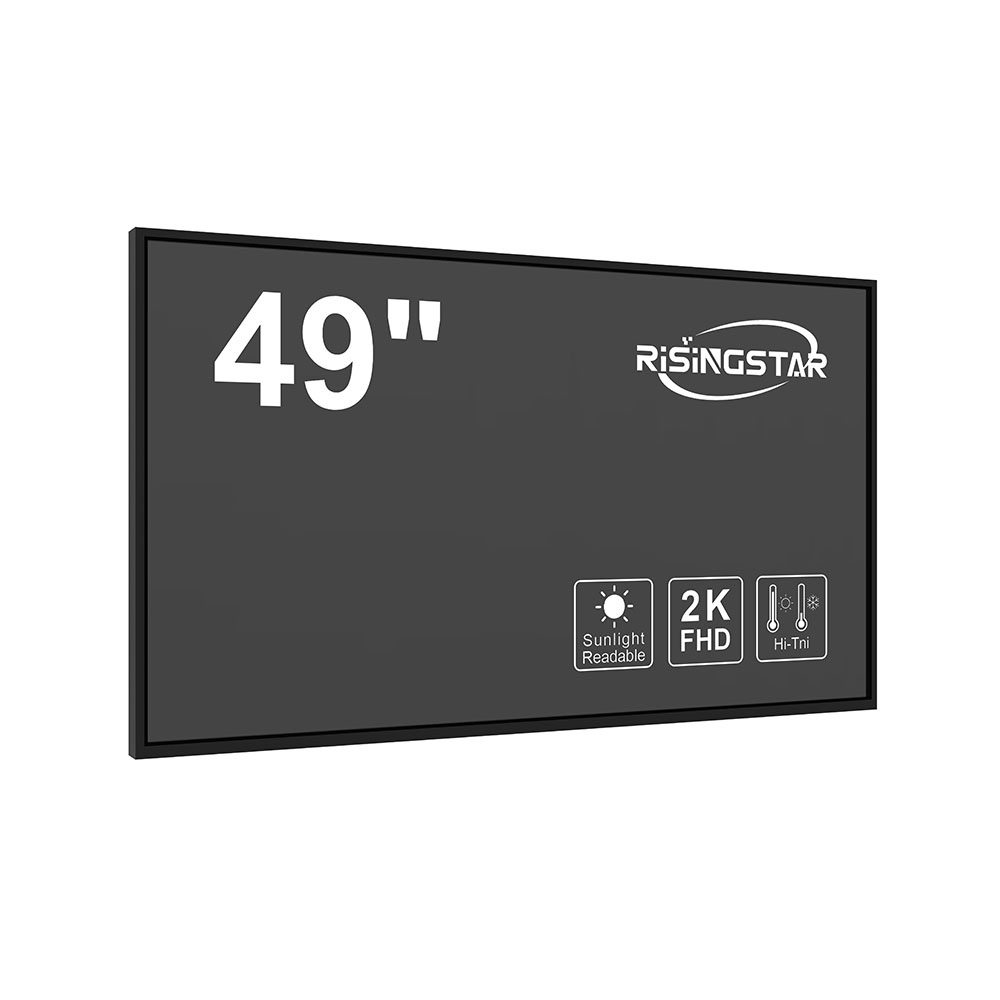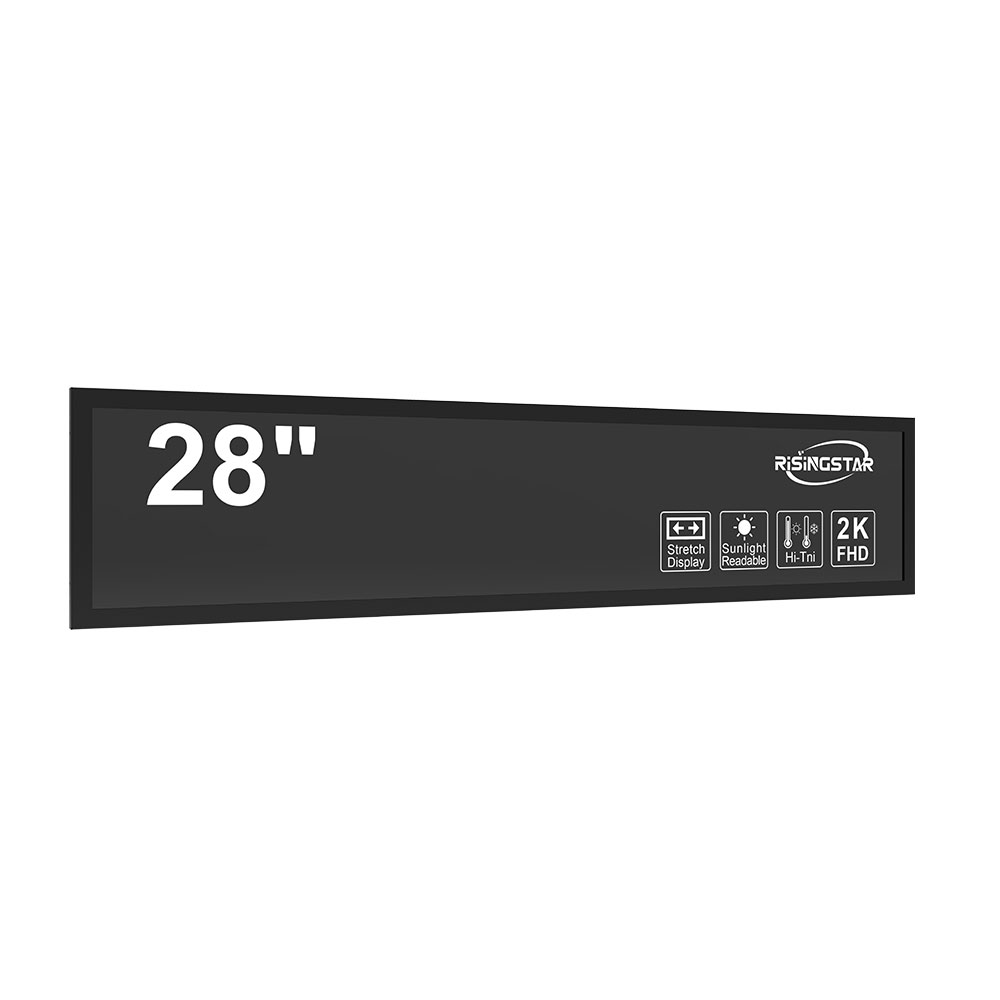High-brightness, sunlight-readable LCD displays have become essential components in modern outdoor and transportation infrastructure due to their ability to maintain visibility under intense ambient lighting conditions. These displays are engineered using advanced backlighting technologies—such as high-lumen LED arrays, diffusers with optimized light distribution, and anti-reflective coatings—that enable clear visibility even in direct sunlight exceeding 100,000 lux. The most effective models achieve peak brightness levels of 5,000 to 10,000 nits, far surpassing standard indoor LCDs that typically max out at 300–500 nits.
In railway and public transit environments—including trains, buses, subways, and intercity rail systems—sunlight-readable displays are used for passenger information systems (PIS), real-time arrival/departure updates, and emergency announcements. For example, the European Union’s EN 50121-4 standard mandates that PIS displays in rolling stock must remain readable under all weather conditions, including full sun exposure. Manufacturers like LG Display, Sharp, and BOE have developed ruggedized panels compliant with IP65 or higher ingress protection ratings, ensuring durability against dust, water, and mechanical vibration typical in transit applications.
Beyond transport, these displays are widely adopted in EV charging kiosks, where users require immediate visual feedback on charge status, pricing, and availability—even during midday solar exposure. Similarly, gas pumps in North America and Europe increasingly use 1500–3000 nit displays for fuel price updates and promotional content, meeting requirements set by the American Petroleum Institute (API) for outdoor digital signage clarity. In retail and real estate sectors, digital signage powered by high-brightness LCDs provides dynamic content such as store promotions, property listings, and interactive wayfinding in shopping malls, airports, and office lobbies—areas often exposed to prolonged sunlight.

Outdoor TVs and digital billboards benefit from integrated technologies like wide viewing angles (178°), fast response times (<10ms), and automatic brightness adjustment based on ambient light sensors (ALS). According to a 2023 report by MarketsandMarkets, the global market for high-brightness display solutions is projected to grow at a CAGR of 8.2% through 2028, driven by increasing demand in smart city initiatives and mobility-as-a-service platforms. Additionally, energy-efficient designs incorporating low-power backlights and adaptive dimming help reduce operational costs—a key factor for operators managing large-scale deployments across cities.

The integration of these displays into critical infrastructure underscores their importance in delivering reliable, human-centric information in challenging environmental conditions. With ongoing innovations in micro-LED and quantum dot-enhanced LCD technologies, the next generation of sunlight-readable screens promises even higher contrast ratios, lower power consumption, and improved longevity—making them indispensable in future-proof urban ecosystems.

2025-07-31